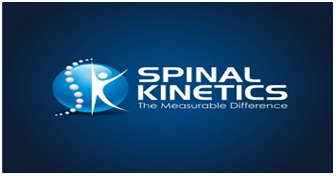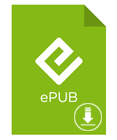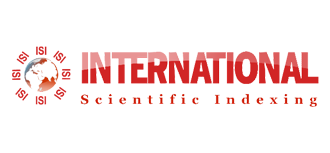Eye is the Mirror of the Heart
P D Gupta*
Founder Director Iladevi Cataract and IOL Research Centre, Ahmadabad, India
Submission: August 12, 2024; Published: August 20, 2024
*Corresponding author: PD Gupta, Founder Director Iladevi Cataract and IOL Research Centre, Ahmadabad, India
How to cite this article: P D Gupta*. Eye is the Mirror of the Heart. JOJ Ophthalmol. 2024; 11(3): 555814. DOI: 10.19080/JOJO.2024.11.555814
Keywords: Human Eye; Larger Blood Vessels; Retina; Glaucoma
Editorial
The human eye is a unique sense organ which is a part of the sensory nervous system. However, there are a number of organ systems that also work with the eye. In my book “Beyond the Human Eye” and the article “Extra Visual Function of the Human Eye” I tried to emphasize that vision is not only the function of the human eye. The outer most part of the eye consists of the cornea and the sclera; the middle part –the lens system, have no blood supply and are enclosed in the optically clear aqueous fluids. The innermost part of the retina is containing the main blood supply to the eye. The human eyes are the only organs in the body capable of “seeing”- wavelengths of light and turning it into visual images. We can’t get a visual image to the brain without eyes Scientists at the University of Leeds have successfully trained artificial intelligence (AI) systems to detect signs of heart disease from retinal scans that are comparatively cheap and routinely performed by opticians and eye clinics. “Wouldn’t it be great if we could use our eyes as a window to assess our cardiovascular health?” asked Alejandro Frangi. The relationship between eye scan visa- vis show that older individuals had narrower and more twisted small blood vessels in the retina (arterioles) and wider, less twisted larger blood vessels (venules). The arterioles in the retina narrowed by 0.13 pixels for every 10 mm Hg increase in systolic blood pressure (P < .001) and by 0.02 pixels for each mm Hg increase in eye pressure (P < .05). An increase in eye pressure at follow-up was linked to a greater increase in the twisting of these small blood vessels than at baseline (0.59% per mm Hg; P = .024).
At present diagnostic signatures of the heart such as the size and pumping efficiency of a patient’s left ventricle can only be determined through echocardiography or magnetic resonance imaging. These diagnostic tests can be expensive and require hospital visits. The use of deep learning approaches to analyze retinal scans could revolutionize healthcare through early and inexpensive detection of signs of heart disease. A scan of the eye can be a window into heart health. Similar approaches have been developed for the detection of glaucoma through a smartphone-based visual field deep learning system. Deep learning is a set of complex algorithms that enable computers to make predictions once trained to identify patterns in data.
Earlier work had shown deep learning can predict smoking status, blood pressure, age, and other cardiovascular risk factors from retinal scans. Philosophically speaking “The eyes mirror the heart of a person. An entire life can be seen through them. Love, sorrow, deceit, pain all. If you look closely, it’s all there.” [1-5].
References
- P D Gupta, K Pushkala (2020) Clin J Ophthalmol Care Res 2: 1003.
- P D Gupta (2023) Intra-Ocular Pressure: A Short Review. EC Ophthalmology 14(5): 36-40.
- Andres Diaz-Pinto, Nishant Ravikumar, Rahman Attar, Avan Suinesiaputra, Yitian Zhao, et al. (2022) Predicting myocardial infarction through retinal scans and minimal personal information Nature Machine Intelligence 4: 55-61.
- McClintic BR, McClintic JI, Bisognano JD, Block RC (2010) The relationship between retinal microvascular abnormalities and coronary heart disease: a review. Am J Med 123(4): 374.e1-377e1.
- Seferović PM, Polovina M (2019) The eyes are the mirror of the heart: role of retinal microvascular abnormalities in predicting long-term risk of heart failure. Eur J Heart Fail 21(10): 1216-1218.






























